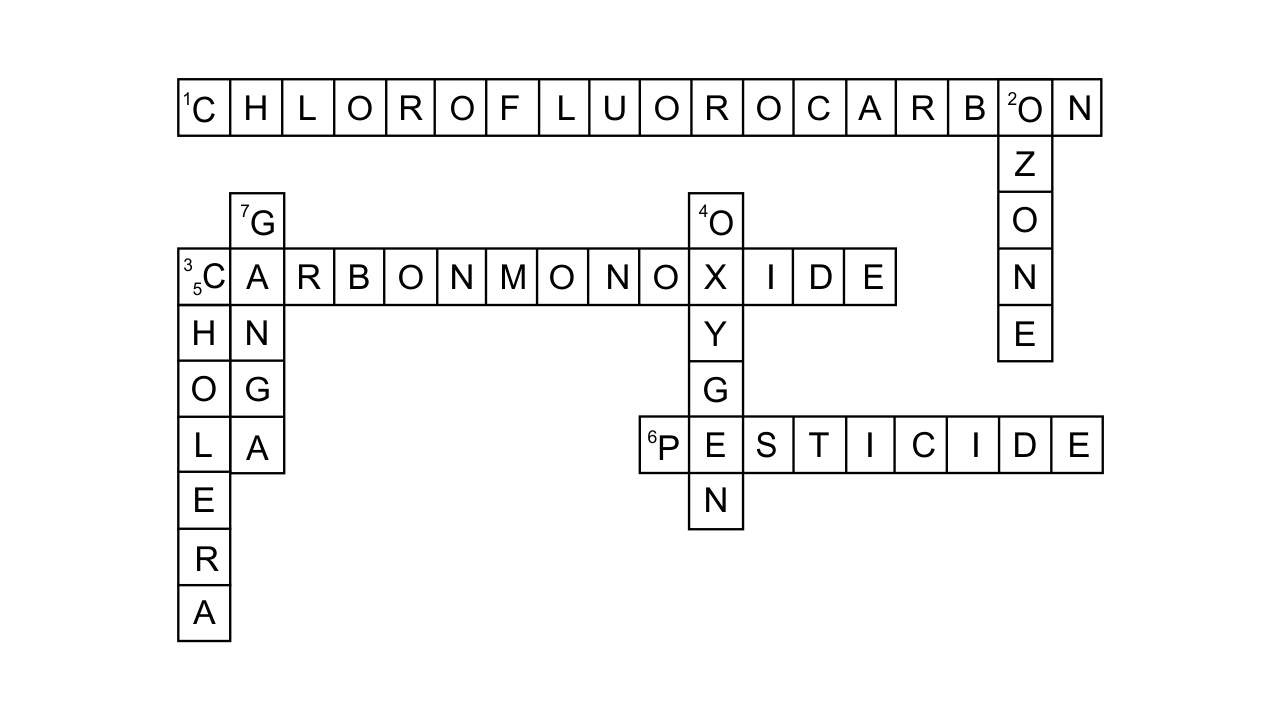Class 8 Science NCERT Exemplar Solutions Chapter 18 Pollution of Air and Water
FAQs on NCERT Exemplar for Class 8 Science Solutions Chapter 18 Pollution of Air and Water
1. What role will the NCERT Exemplar Class 8 Science Solutions Chapter 18 Pollution of Air and Water play in our exam success?
Students can utilise these answers to prepare for a variety of other competitive exams.
The answers to all of the problems in the NCERT Exemplar textbook are included in these solutions.
Students' logical and analytical thinking abilities develop as a result of detailed answers.
To familiarise students with the ideas, the NCERT Exemplar Solutions take a straightforward and understandable approach.
2. According to NCERT Exemplar Class 8 Science Solutions Chapter 18 Pollution of Air and Water, how does carbon dioxide cause global warming?
CO₂ is constantly released as a result of human activity. On the other hand, the amount of land covered by forests is shrinking. Plants need CO₂ from the atmosphere for photosynthesis, lowering CO₂ levels in the atmosphere. Because the number of trees that consume CO₂ decreases as a result of deforestation, the amount of CO₂ in the air rises. As a result, human activities contribute to the buildup of CO₂ in the atmosphere. CO₂ is a gas that traps heat and prevents it from escaping into space. As a consequence, the earth's atmosphere's average temperature is progressively rising, resulting in global warming.
3. How can I use NCERT Exemplar Class 8 Science Solutions Chapter 18 Pollution of Air and Water?
The chapter-by-chapter NCERT Exemplar Class 8 Science Solutions Chapter 18 Pollution of Air and Water can be found by clicking on the chapter links on the Vedantu website.
This link takes you to the relevant chapter website, where you can get full NCERT exemplar Class 8 Science solutions for the chapter's exercise.
Use them to figure out how the questions will be answered and what the final answer will be, as well as NCERT exemplar solutions for Class 8 Science.
Then, without seeing them, practise. After that, compare your answer to the NCERT exemplar solutions for Class 8 Science to see if you were correct.
4. What are the various advantages of using NCERT Exemplar Class 8 Science Solutions Chapter 18 Pollution of Air and Water?
Use of NCERT Exemplar Class 8 Science Solutions Chapter 18 Pollution of Air and Water has several advantages:
Science is a high-scoring topic, and if you use the NCERT Exemplar Class 8 Science Solutions Chapter 18 Pollution of Air and Water, you may expect to do well on the main exam.
Class 8 NCERT exemplar solutions Science aides in comprehending topics and removing uncertainties quickly.
Because Class 8 is the cornerstone for the next several years, you can use the NCERT exemplar solutions for Class 8 Science to lay a solid foundation.
The answers to all of the questions given in the NCERT Class 8 Science books are included in the NCERT Class 8 Science solutions.
You can easily answer questions from other reference books if you know how to answer the questions.
5. Describe the events that contribute to acid rain. What impact does acid rain have on us?
Sulphuric acid and nitric acid are formed when Nitrogen Dioxide and Sulphur Dioxide are combined with water vapour in the atmosphere. These acids are carried down by the rain, making it acidic. This is referred to as acid rain.
Acid rain has the following effects:
It causes metals to corrode faster.
It causes structural and sculptural damage.
It depletes the soil of key nutrients like calcium.
Plants and crops are directly harmed by it.
In humans, it produces skin eruptions.




















